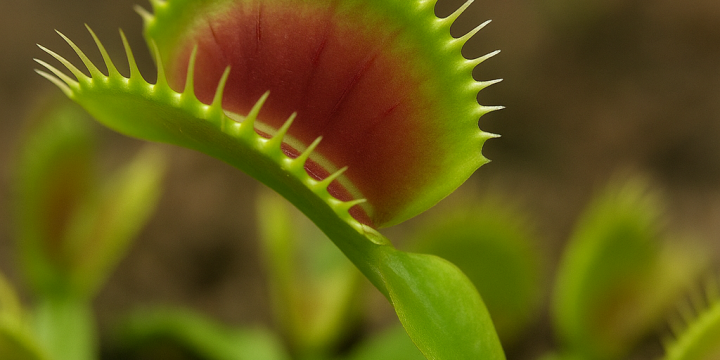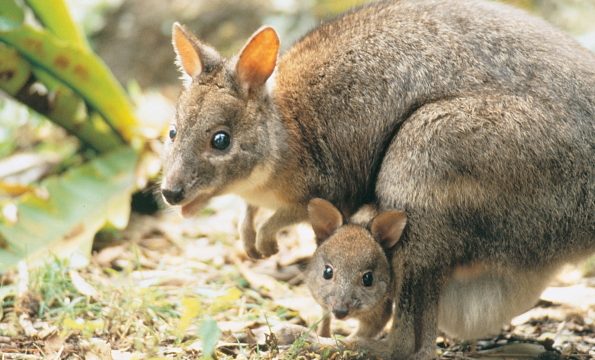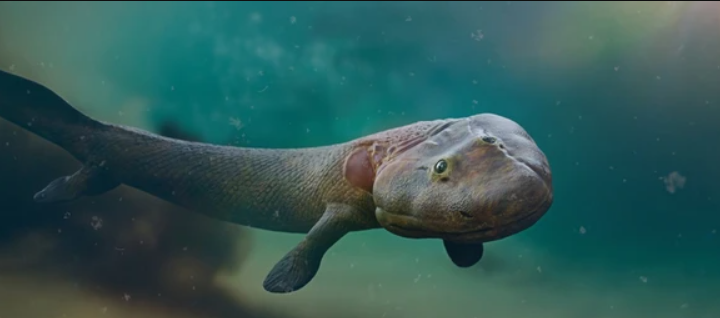Jellyfish: Mysteries of Ancient Creatures and New Ocean Discoveries
Jellyfish are among the most mysterious and ancient inhabitants of our planet. Their evolutionary history stretches back over 600 million years, making them older than dinosaurs and even most multicellular organisms. These soft, transparent beings, lacking bones, hearts, or brains, continue to inspire awe and scientific curiosity. Despite their seemingly simple anatomy, jellyfish play a vital role in the ecosystems of the world’s oceans, influencing food chains, climate processes, and even biotechnology. Modern research reveals that jellyfish are far more than brainless drifters. They are remarkably resilient organisms, capable of surviving in extreme environments. From warm tropical lagoons to icy Arctic waters, from the ocean surface to depths of several kilometers, jellyfish have colonized nearly every marine habitat. Studying them has become essential not only for understanding marine biology but…



